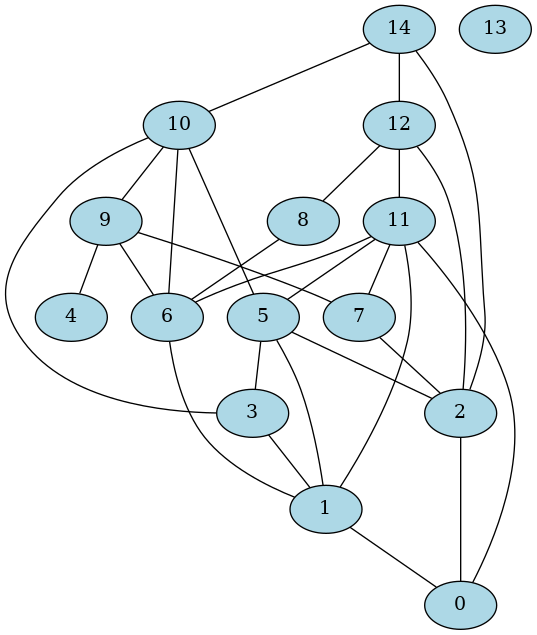rustworkx.PyGraph.to_dot#
- PyGraph.to_dot(node_attr=None, edge_attr=None, graph_attr=None, filename=None)#
Generate a dot file from the graph
- Parameters:
node_attr – A callable that will take in a node data object and return a dictionary of attributes to be associated with the node in the dot file. The key and value of this dictionary must be a string. If they’re not strings rustworkx will raise TypeError (unfortunately without an error message because of current limitations in the PyO3 type checking)
edge_attr – A callable that will take in an edge data object and return a dictionary of attributes to be associated with the node in the dot file. The key and value of this dictionary must be a string. If they’re not strings rustworkx will raise TypeError (unfortunately without an error message because of current limitations in the PyO3 type checking)
graph_attr (dict) – An optional dictionary that specifies any graph attributes for the output dot file. The key and value of this dictionary must be a string. If they’re not strings rustworkx will raise TypeError (unfortunately without an error message because of current limitations in the PyO3 type checking)
filename (str) – An optional path to write the dot file to if specified there is no return from the function
- Returns:
A string with the dot file contents if filename is not specified.
- Return type:
str
Using this method enables you to leverage graphviz to visualize a
rustworkx.PyGraphobject. For example:import os import tempfile import pydot from PIL import Image import rustworkx as rx graph = rx.undirected_gnp_random_graph(15, .25) dot_str = graph.to_dot( lambda node: dict( color='black', fillcolor='lightblue', style='filled')) dot = pydot.graph_from_dot_data(dot_str)[0] with tempfile.TemporaryDirectory() as tmpdirname: tmp_path = os.path.join(tmpdirname, 'dag.png') dot.write_png(tmp_path) image = Image.open(tmp_path) os.remove(tmp_path) image
